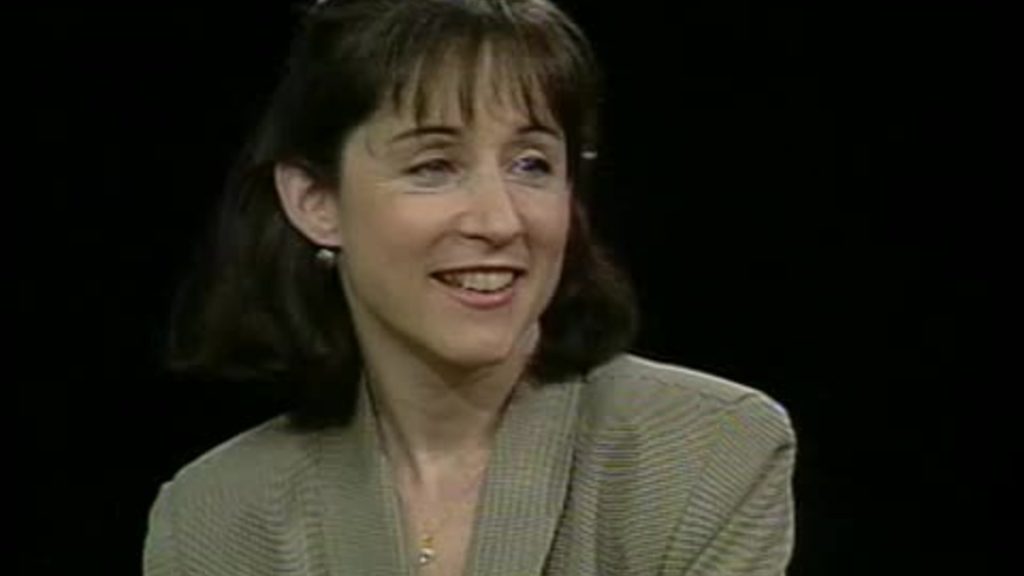The Dark Side by Jane Mayer, USA, 2008
 Well researched and intelligently written, Mayer’s book about the Bush Administration’s response to 9/11, comprising more than 300 pages, is not entertaining reading – anything but. It is, however, a book that should be read. 9/11 horrified the world, but what happened afterwards dragged the US into the despicable netherworld of torture and ruined America’s standing as a protector of human rights. In the words of Phillip Zelikow: “Fear and anxiety were exploited by zealots and fools”.
Well researched and intelligently written, Mayer’s book about the Bush Administration’s response to 9/11, comprising more than 300 pages, is not entertaining reading – anything but. It is, however, a book that should be read. 9/11 horrified the world, but what happened afterwards dragged the US into the despicable netherworld of torture and ruined America’s standing as a protector of human rights. In the words of Phillip Zelikow: “Fear and anxiety were exploited by zealots and fools”.
After 9/11 chaos descended, and with Bush wanting to be seen as the strong leader all information and intelligence (much of it hysterical rumour) was moulded to the Administration’s own purposes. Bush nullified the Geneva Convention in 2002 and Vice-President Cheney oversaw the implementation of new laws, which imposed an ‘alternative legal system’. The Counter Terrorism Centre (CTC), created within the CIA, received carte blanche to do as it wanted. Operatives laden with cash flew to Afghanistan and Pakistan, offering $US5,000 to anyone who handed over a suspect. Of those rounded up it was later revealed that more than 90% were innocent and only 8% had only the vaguest connection to Al Qaeda. Bush, however, retorted that he was not detaining innocent men: they were ALL enemy combatants.
Initially the suspects were ‘rendered’ (tortured) in countries like Egypt until the Administration set up its own detention camp in Guantánamo in Cuba, believing that Guantánamo was beyond the limits of US law. At Guantánamo, the interrogators, who were not trained and knew nothing about Islam or Muslim culture, were permitted to treat the detainees as they wished, and whatever they did was carefully guarded by the State Secrets Law.

The torture, or what the Bush Administration referred to as ‘robust interrogation’, was both physical and psychological with many humiliating and sexually sadistic overtones.
When detainees had nothing to tell, the interrogators became frustrated and even more abusive. To stop the torture many detainees made up information, like the man who agreed that Iraq was supplying Al Qaeda with weapons of mass destruction. The information was totally false, but it was what Bush was aching to hear – more than anything he wanted to invade Iraq. As the man said later: ‘They were killing me (…) I had to tell them something’ (page 138).
Images surfaced in 2004, confirming torture at Abu Ghraib, Iraq. They heralded the beginning of the unravelling of Bush’s torture regime, but, as it became apparent that the abuse was directed from the top, the investigators realized that the mess was not going to be easy to unravel. Then, in 2004, the Supreme Court, ignoring the Administration, ruled that Guantánamo was not beyond the reach of US law and that detainees had the right to a lawyer and a court hearing. The Bush Administration knew it had to sidestep this ruling: it had no grounds to hold most of the detainees, all of whom had been subjected to years of unspeakable torture, and if this was to become common knowledge through the court process the Administration would be liable for prosecution. Many of the detainees were released; others were promised lawyers who never eventuated.
Many feel that Bush and his Administration should all be tried as war criminals; however, when Mayer wrote her book in 2008 not one of the 600 people from the CIA, the military, the Bush Administration or Bush himself who had approved or who had been involved in the torture of detainees had been convicted of any crime.
Image of Jane Mayer from Charlie Rose